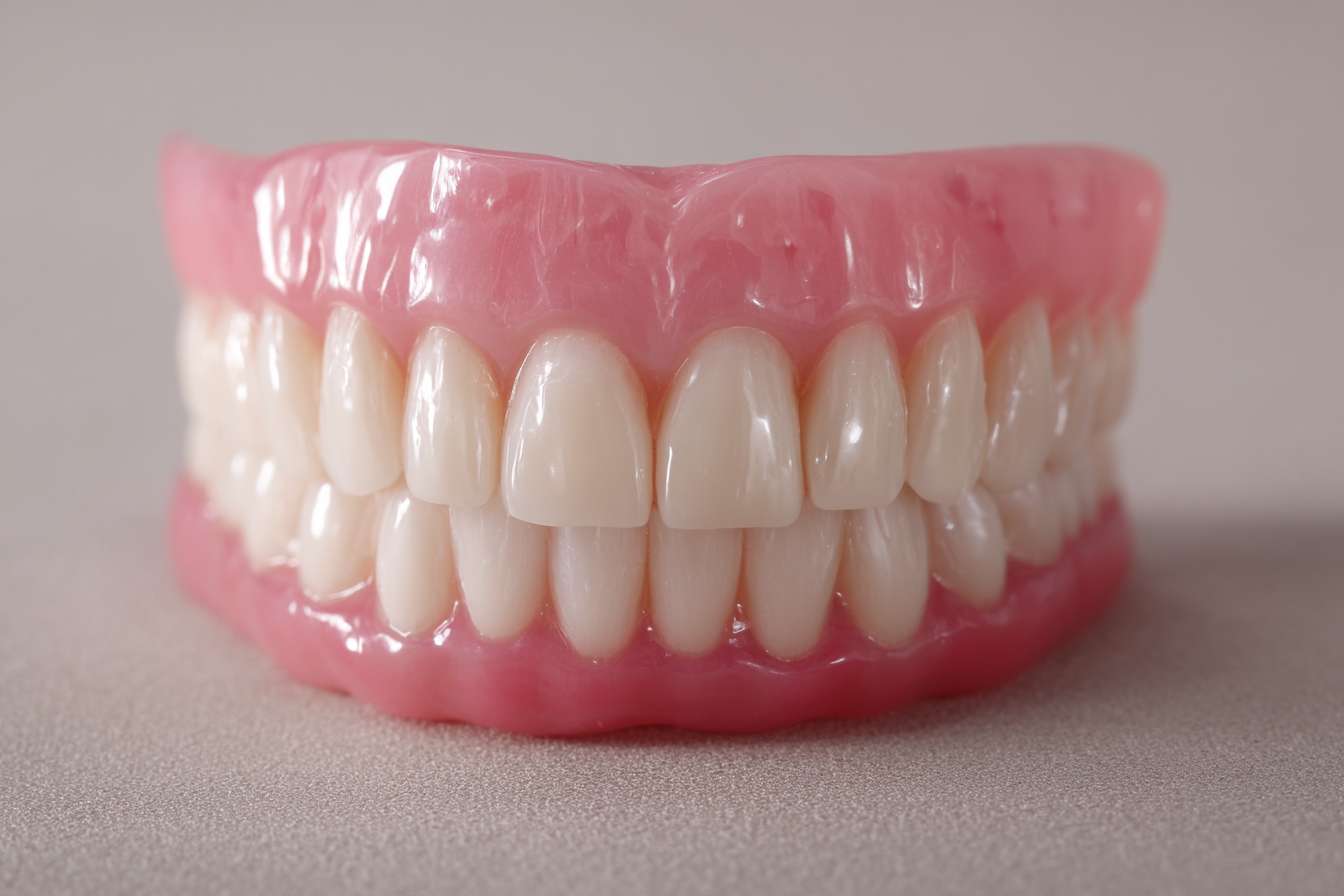Choosing the Right Dentures: Traditional vs. Invisible Options
Dentures have long been a solution for those missing teeth, providing both aesthetic and functional benefits. As dental technology advances, patients now have more choices than ever when it comes to selecting the right type of dentures for their needs. This article will explore the world of dentures, comparing traditional options with newer, invisible alternatives to help you make an informed decision about your dental health.

How do traditional dentures work?
Traditional dentures are the most common and well-known type of dental prosthetic. They consist of a plastic base that mimics gum tissue and supports a full set of artificial teeth. These dentures can be either full (replacing all teeth in the upper or lower jaw) or partial (replacing only some missing teeth). Traditional dentures are held in place by suction or dental adhesive and can be easily removed for cleaning and maintenance.
What are the advantages of invisible dentures?
Invisible dentures, also known as implant-supported dentures or overdentures, offer several advantages over their traditional counterparts. These modern prosthetics are anchored to dental implants surgically placed in the jawbone, providing a more secure and stable fit. Invisible dentures are designed to look and feel more natural, often without the need for visible clasps or adhesives. They can improve speech clarity, chewing efficiency, and overall comfort compared to conventional dentures.
How do invisible dentures differ from traditional options?
The main difference between invisible and traditional dentures lies in their attachment method and appearance. Invisible dentures are fixed to dental implants, which act as artificial tooth roots. This attachment prevents slipping and allows for a more natural bite force. Traditional dentures, on the other hand, rely on suction or adhesives to stay in place and may shift during eating or speaking. Invisible dentures also tend to have a more realistic appearance, as they can be customized to match the patient’s natural teeth and gums more closely.
What factors should you consider when choosing dentures?
When deciding between traditional and invisible dentures, several factors come into play. Cost is often a significant consideration, as invisible dentures typically involve a more complex procedure and may be more expensive initially. However, they can offer long-term benefits in terms of comfort and durability. Other factors to consider include the health of your jawbone, your overall oral health, and your lifestyle preferences. It’s essential to consult with a dental professional to determine which option is best suited for your individual needs and circumstances.
How do the costs of traditional and invisible dentures compare?
The cost of dentures can vary widely depending on the type, quality, and specific needs of the patient. Here’s a general comparison of traditional and invisible denture options:
| Type of Denture | Provider | Cost Estimation |
|---|---|---|
| Traditional Full Dentures | General Dentist | $1,000 - $3,000 per arch |
| Traditional Partial Dentures | General Dentist | $700 - $1,800 per arch |
| Implant-Supported Dentures (Invisible) | Prosthodontist | $5,000 - $15,000 per arch |
| All-on-4 Implant Dentures | Oral Surgeon | $15,000 - $30,000 per arch |
Prices, rates, or cost estimates mentioned in this article are based on the latest available information but may change over time. Independent research is advised before making financial decisions.
It’s important to note that while invisible dentures have a higher upfront cost, they often require less maintenance and replacement over time. Additionally, some dental insurance plans may cover a portion of the cost for either type of denture, which can significantly impact out-of-pocket expenses.
Choosing between traditional and invisible dentures is a significant decision that can impact your quality of life and oral health. While traditional dentures offer a more affordable and familiar option, invisible dentures provide enhanced stability, comfort, and aesthetics. Ultimately, the best choice depends on your individual needs, budget, and long-term dental health goals. Consulting with a qualified dental professional can help you navigate these options and find the solution that best fits your lifestyle and preferences. Remember that proper care and maintenance of your chosen dentures are crucial for their longevity and your continued oral health.






